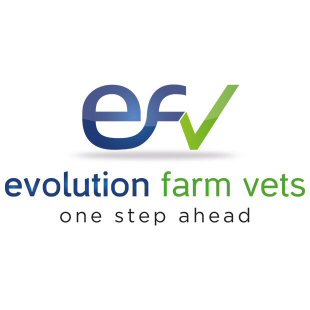Fog Fever is a name which is rather confusing. It is a respiratory disease, mainly of cattle, which is unrelated to foggy weather and does not usually produce a fever. It is also known as:
- Acute Bovine Pulmonary Edema and Emphysema
- Atypical Interstitial Pneumonia
- Acute Respiratory Distress Syndrome
- Pulmonary Adenomatosis
- Enzootic Bovine Adenomatosis
The condition occurs in hungry, adult cattle, having been fed on dried feed indoors, and then moved to foggage pasture (fast growing, lush pasture, with high protein levels). The cattle gorge on the new feed and clinical signs begin within 2 weeks. The condition can affect up to 50% of the herd, and around 30% of affected animals may die as a result.
Clinical signs
The beast is experiencing difficulty breathing and will do everything it can to ease this discomfort. They will try to stand with their airway as straight and extended as possible, raising their heads and stretching their necks forwards. Breathing rate will increase as high as 80 breaths per minute. The animal may grunt as it breathes and froth may form around the mouth. Rectal temperature will be normal although some show an elevated temperature from respiratory effort. Cyanosis results from the reduced efficacy of the alveolar membrane. Lung sounds may be unremarkable at first, usually increasing with emphysema.
Cause
'Fog fever' is a result of the biochemistry of the rumen being slow to adjust to a new diet. The cattle have been fed on a low-protein dried formulation indoors and the rumen is not prepared for the sudden exposure to high protein grass. Specifically, the treatment of the amino acid tryptophan is inadequate. The bacteria in the rumen convert tryptophan to 3-methylindole, which is readily absorbed through the rumen wall into the portal circulation. Clara cells in the terminal bronchioles convert the 3-methylindole to 3-methyleneindolenine, which is toxic to the adjacent alveolar epithelial cells, leading to the clinical signs described above.
Treatment
There is often little that can be done for affected animals, since the high risk period is usually approaching its end by the onset of clinical signs. You should always consider the benefits of moving affected animals and remember that stressing animals that are already struggling to breathe, may be too much.
Prevention
Ideally pastures should be grazed before they become overly lush and protein-rich. If this is not possible, introduce the new diet slowly, grazing the animals just a few hours each day and increasing gradually, over a period of a fortnight. Cutting the pasture immediately before putting the cattle out may help. Drugs are available on the market which change the rumen biochemistry in preparation for high tryptophan levels. Care must be taken to keep these products away from horses, for which, having no rumen, they are toxic.
